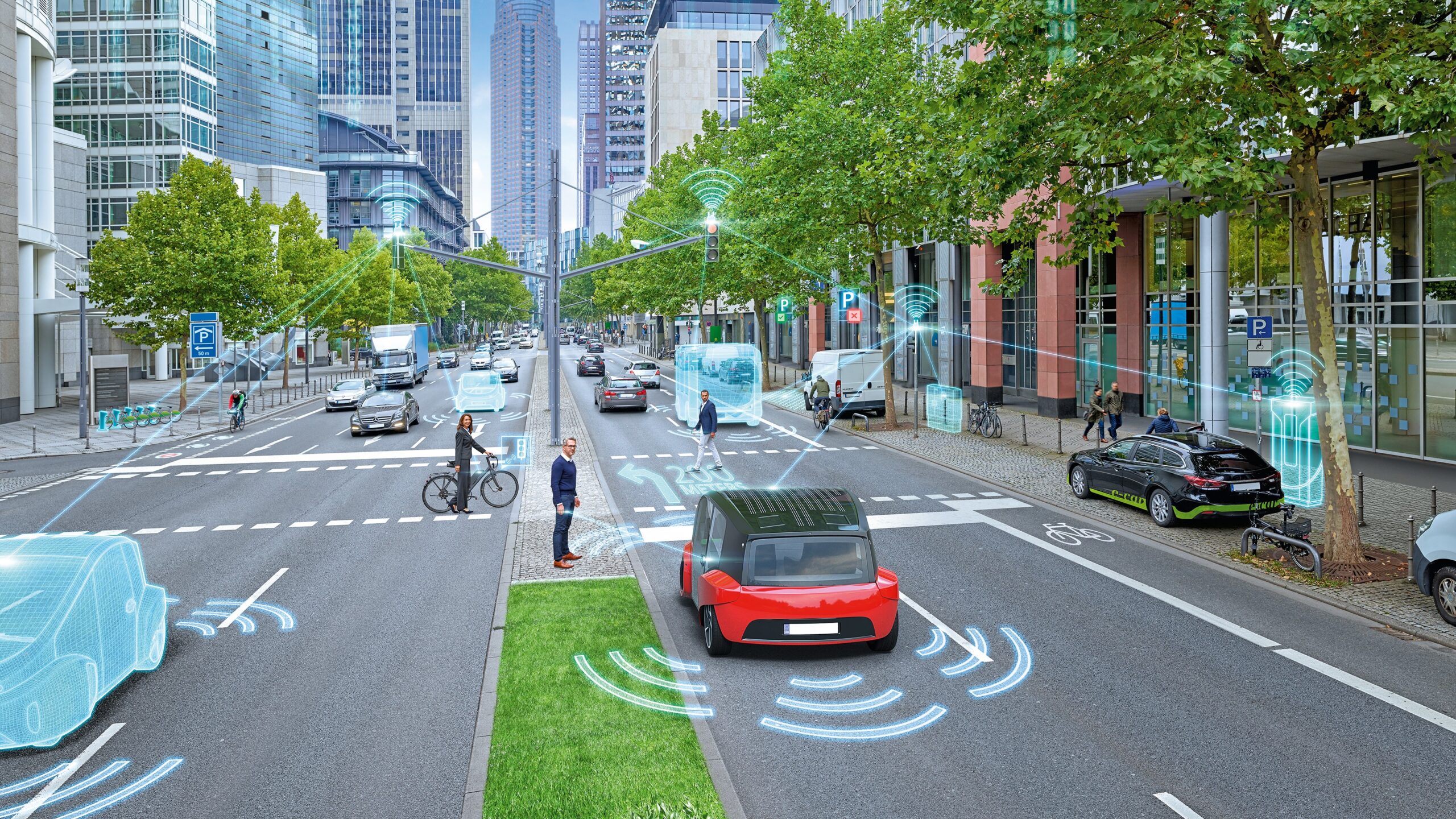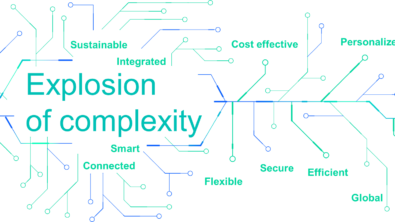Innovative product development with MBSE

Model-based systems engineering, most easily referenced as MBSE, is not exactly new but its application in todays product development is expanding rapidly. For decades it was reserved for the most complicated projects, one of the reasons it is so commonly associated with NASA and the space program. In fact the process was even referenced in season two of science fiction TV show For All Mankind as a means to accelerate the integration process of complex designs like space capsules. The reservation for use only when exploring the final frontier has expired and many of the products people use every day are more complex in system design than the Apollo capsules.
To highlight this growing need for a more comprehensive solution, our resident expert on MBSE and connecting engineering practices – Tim Kinman, VP of Trending Solutions & Global Program Lead for Systems Digitalization at Siemens Software – wrote a high-level guide on implementing MBSE for engineering.com. The guide focusses on five key processes for effective integration of multi-system designs – Product Definition, Connected Engineering, Continuous Verification, Quality and Program Planning & Execution. We will go over each of these here, but the article covers them in greater detail. And if you are still curious about MBSE, there are more resources on our website.
Product Definition
The Product Definition encompasses the initial concept of the final product along with requirements of the customers, regulators and any other relevant party in the process. It is essential a blueprint for not just what the product will be, but how development will happen. The what is an easy point to grasp, for a car it is the MPGs, the features and for autonomous cars the sensor systems, but the process plan will include pathways to validate design and development processes. The most important aspect, however, is identifying the interfaces between systems. That will determine when and how engineering teams will communicate their designs with relevant teams.
Connected Engineering
With the product definition in hand it is time to begin development, traditionally that would mean each engineering team is handed their specific tasks then when their designs are complete there is a lengthy integration process. Connected Engineering formalizes this process earlier in the design cycle to prevent late-stage reworks from incompatible systems. As more systems are added to a product – electrical, mechanical, electronic and software – it is critical that they work together in the complete system of systems. All of this together creates a feedback loop to ensure the requirements of the product definition are met.
Continuous Verification
An important extension of Continuous Engineering, Continuous Verification is the checking workflow such that designs meet requirements. This happens in a variety of ways, most importantly through modeling and simulation. For an aircraft that modeling would include a mass balance to ensure any added weight does not throw off the center of balance for the plane, or in an electric aircraft it might include a simulation of flight time to ensure any added weight does not impact the range requirements of the craft.
Quality
Quality is not a new aspect of development, but its definition has changed considerably with the vast inclusion of software and electronics in products. It is no longer solely a test of durability, performance or safety, but includes security and cyber protection. Remote door locks are a great feature for customers, but it also adds another vector for a thief to breach the vehicle. Protecting that as one would a physical lock is important, but software quality can also be a path to safety requirements like ISO26262 in defining fallback mechanisms for software.
Program Planning & Execution
All of these processes have their direct benefits, but it does not mean they are without cost to management resources for the project, which is why Program Planning & Execution is so important to an MBSE workflow. It provides an avenue for orchestrating and automating development processes at scale. Modern cars are full of software, often written for specific components in the vehicle, but much of the code base is provided by the suppliers of the components they run. As much as 90 percent of the code can come from suppliers, as noted by a recent IEEE article. This process could also be thought of as Connected Engineering for the business processes in the development of a product – resource scheduling, cost analysis and much more to close the loop.
Model-based systems engineering is important for the innovative and complex development project, but as all products expand in complexity the benefits of an MBSE workflow will present themselves to an even wider audience. Many small teams may already operate similarly to an MBSE approach but fully adopting it cements the process as a standard allowing for great automation and optimization of project tasks to get a better product to market faster than the competition.
If you are still curious about MBSE, I would recommend you read Tim Kinman’s thoughts on the topic on engineering.com. And if you are still looking for more, our website is a great jumping off point into how MBSE can integrate into your development processes.
Siemens Digital Industries Software is driving transformation to enable a digital enterprise where engineering, manufacturing and electronics design meet tomorrow.
Xcelerator, the comprehensive and integrated portfolio of software and services from Siemens Digital Industries Software, helps companies of all sizes create and leverage a comprehensive digital twin that provides organizations with new insights, opportunities and levels of automation to drive innovation.
For more information on Siemens Digital Industries Software products and services, visit siemens.com/software or follow us on LinkedIn, Twitter, Facebook and Instagram. Siemens Digital Industries Software – Where today meets tomorrow


